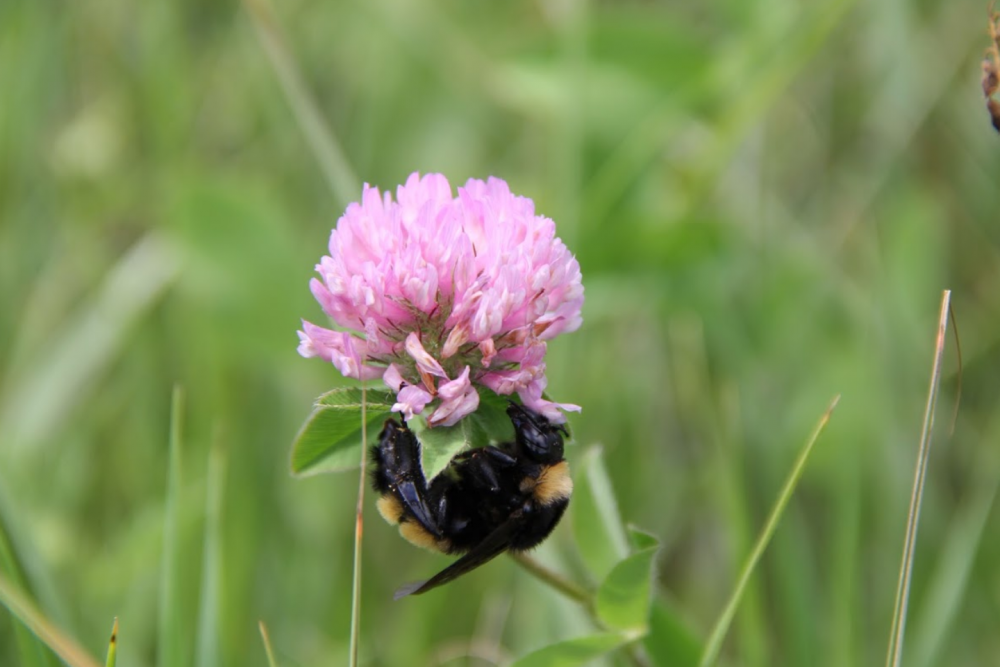
This standards-aligned, 5-E lesson provides students with a case study approach examining bumble bee population surveys and conservation strategies.
Estimated Time
1-2, 50-minute class periods
Student Learning Targets
- Students will examine and evaluate real-world data about the challenge growers face today in conserving important native pollinators—bumble bees.
- Students will examine data in graphical format to determine if there is evidence of declining bumble bee populations.
- Students will examine data to determine which land management conservation strategies in agricultural ecosystems are most successful in attracting and supporting bumble bee populations.
Key STEM Ideas
An important part of making informed decisions about socioscientific issues requires students to examine and evaluate data to determine if a problem exists, identify potential causes of the problem, and evaluate solutions as they are implemented under real-world conditions. This lesson provides students with the opportunity to become familiar with methods used by real scientists to identify population declines in species of bumble bees and use real-world data to identify and select successful conservation strategies that can be used by growers wanting to balance agricultural production while minimizing environmental impacts.
Students' Prior Knowledge
Students should be familiar with designing experiments and knowledgeable of vocabulary including dependent and independent variable, control treatment, confounding factor, and replication. A very basic understanding of bumble bee biology would also be helpful (such as understanding of the mutualistic relationship between bees and flowers).
Connections to FEWSSBumble bee conservation is a real concern for growers depending on their specialized pollination services for tomato, peppers, and strawberries. In order to show a need for federal or state protections and affect agricultural policy, researchers must show evidence of population declines. However, it can be difficult to determine if declines are occurring if baseline data is absent or inaccessible.
If declines can be determined, researchers can then begin to examine potential causes of the decline and evaluate solutions to the problem. In the case of bumble bee decline in the U.S., researchers suspect that habitat and foraging resource loss is a limiting factor in agro-ecosystems’ ability to support bumble bee populations.
Another step toward conservation of bumble bees requires researchers to compare land management strategies and their effect on bumble bee species’ abundance and diversity.
Curriculum ConnectionsNext Generation Science Standards
- HS-LS2-1. Use mathematical and/or computational representations to support explanations of factors that affect carrying capacity of ecosystems at different scales.
- HS-LS4-5. Evaluate the evidence supporting claims that changes in environmental conditions may result in: (1) increases in the number of individuals of some species, (2) the emergence of new species over time, and (3) the extinction of other species.
Common Core Standards
- CCSS.ELA-LITERACY.CCRA.R.1 - Read closely to determine what the text says explicitly and to make logical inferences from it; cite specific textual evidence when writing or speaking to support conclusions drawn from the text.
- Student Resources (Word Doc) (1.79 MB)
- Student Resources (PDF) (889.2 KB)
- Teacher Resources (Word Doc) (1.81 MB)
- Teacher Resources (PDF) (944.69 KB)